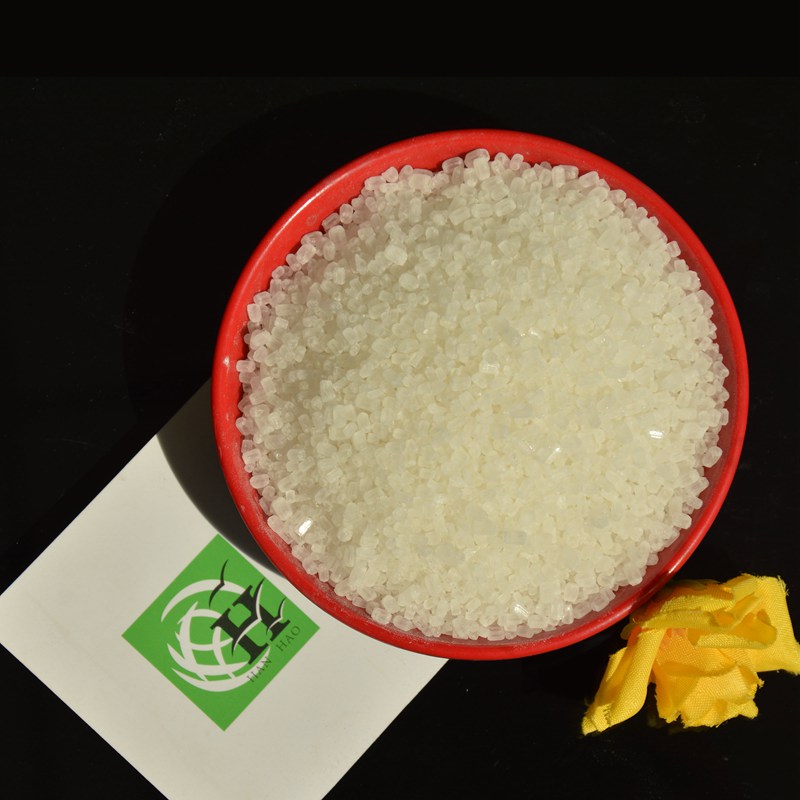
Dec . 29, 2024 11:05 Back to list
Cost Analysis of Single Superphosphate in Agricultural Applications
The Cost of Single Super Phosphate An Overview
Single Super Phosphate (SSP) is a key phosphatic fertilizer that plays a pivotal role in modern agriculture. As a primary source of phosphorus, SSP is crucial for promoting root development, flowering, and fruiting in various crops. However, understanding the cost implications of using SSP is essential for farmers and agricultural businesses to ensure effective and sustainable farming practices. This article delves into the factors influencing the cost of Single Super Phosphate, its impact on agricultural productivity, and the broader economic considerations.
Understanding Single Super Phosphate
Single Super Phosphate is produced by treating rock phosphate with sulfuric acid, resulting in a fertilizer that contains approximately 16-20% phosphorus pentoxide (P2O5), along with various other nutrients like calcium and sulfur. SSP is favored for its relatively high phosphorus content and its ability to improve soil fertility, making it particularly beneficial in phosphorus-deficient soils. Its application is widespread in numerous crop production systems, including cereals, vegetables, and fruits.
Factors Influencing the Cost of SSP
1. Raw Material Prices The production of SSP relies heavily on the cost of raw materials, particularly rock phosphate and sulfuric acid. Fluctuations in global commodity prices can significantly impact the production cost of SSP. For instance, if rock phosphate becomes more expensive due to increased demand or supply chain disruptions, the overall cost of SSP will rise accordingly.
2. Manufacturing and Transportation Costs The manufacturing process of SSP involves energy-intensive operations. Factors such as the cost of energy (electricity and fuel), labor, and technology usage also contribute to the overall expense. Furthermore, transportation costs from manufacturing plants to distribution centers or end-users are crucial, particularly in regions where logistics pose challenges.
3. Market Demand The agricultural sector's demand for SSP is influenced by several factors, including the type of crops being cultivated, soil health, and farming practices. In times of high agricultural production or crop demand, the price of SSP may increase due to heightened competition for available supplies.
cost of single super phosphate

4. Government Policies and Subsidies In many countries, government policies play a significant role in determining fertilizer prices. Subsidies can alleviate some financial burdens for farmers, thus lowering the effective cost of SSP. However, changes in policy or subsidy structures can lead to increased prices if support is withdrawn.
Impact of SSP on Agricultural Productivity
The application of Single Super Phosphate is known to have a direct positive impact on crop yields. Phosphorus is a critical nutrient for plant growth, and its deficiency can result in stunted growth and poor yields. By providing adequate phosphorus through SSP, farmers can enhance soil fertility and improve crop production, ultimately leading to higher profits.
Moreover, investing in quality fertilizers like SSP can yield long-term benefits. Healthy crops contribute to better soil health, reduce vulnerability to pests and diseases, and improve overall farm sustainability.
Economic Considerations and Conclusion
When assessing the cost of Single Super Phosphate, farmers must weigh the immediate financial implications against the long-term benefits of enhanced crop productivity. While the upfront cost might be significant, the return on investment can be substantial if it results in improved yields and increased marketability of produce. Additionally, farmers ought to consider alternative fertilization strategies, such as integrating organic fertilizers, to optimize costs and ensure sustainable farming practices.
Furthermore, market stability plays a crucial role in making informed decisions about fertilizer applications. Farmers are encouraged to stay abreast of market trends and fluctuations in raw material prices to make strategic purchasing decisions.
In conclusion, understanding the cost of Single Super Phosphate involves a multifaceted analysis of raw material prices, manufacturing costs, market demand, and governmental influences. By navigating these factors effectively, farmers can enhance their productivity while managing costs, contributing to a sustainable agricultural ecosystem. The judicious use of SSP can lead to healthier crops, improved soil fertility, and ultimately, greater profitability, making it an invaluable tool in the hands of modern farmers.
-
10 10 10 Fertilizer Organic—Balanced NPK for All Plants
NewsJul.30,2025
-
Premium 10 10 10 Fertilizer Organic for Balanced Plant Growth
NewsJul.29,2025
-
Premium 10 10 10 Fertilizer Organic for Balanced Plant Growth
NewsJul.29,2025
-
Premium 10 10 10 Fertilizer Organic for Balanced Plant Growth
NewsJul.29,2025
-
50 Pound Bags of 13-13-13 Fertilizer for All Plants – Bulk & Organic Options
NewsJul.28,2025
-
High-Efficiency 15-30-15 Granular Fertilizer for Healthy Crops
NewsJul.28,2025
